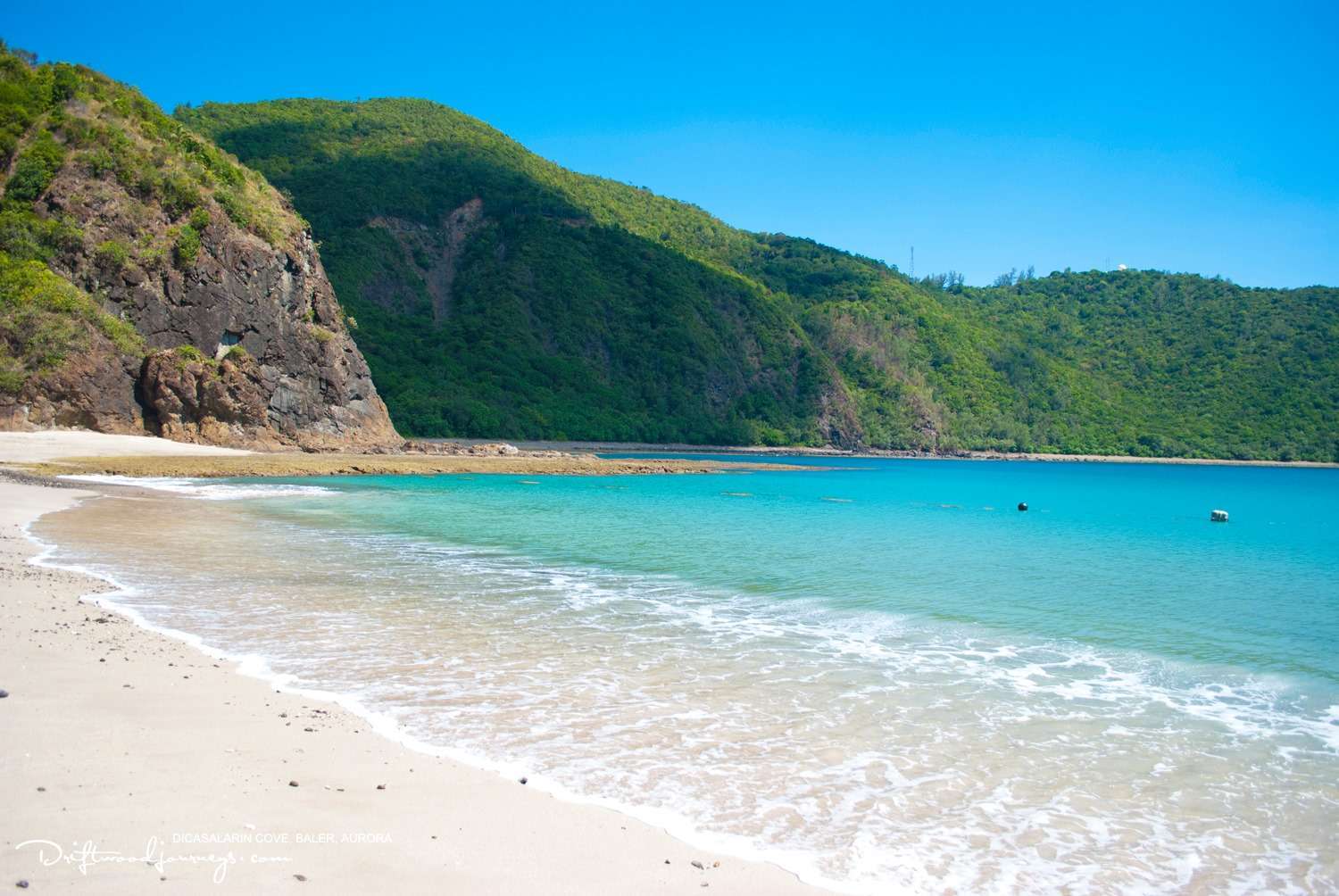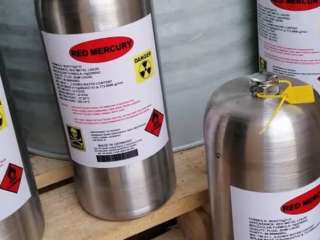About aurora
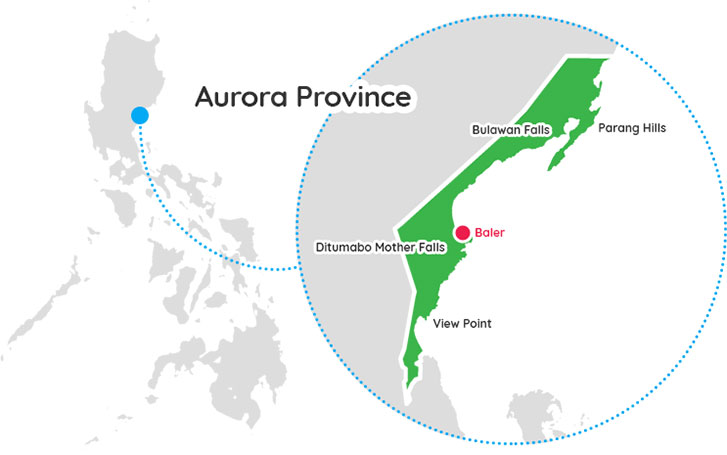
Aurora, officially the Province of Aurora, is a province in the Philippines located in the eastern part of Central Luzon region, facing the Philippine Sea. Its capital is Baler and borders, clockwise from the south, the provinces of Quezon, Bulacan, Nueva Ecija, Nueva Vizcaya, Quirino, and Isabela.
Beyond the lush forest of the Sierra Madre Mountains lies this splendid province so unbelievably rich and untouched, known as the "Sanctuary of Nature's Splendor". The Sierra Madre Mountain range covers a large part of the province of Aurora. In fact, next to the Aurora coastline, this is the place where flora and fauna are most concentrated. Waterfalls, rivers, crystal clear streams of varying sizes are located within, if not adjacent to the area of the Sierra Madre Mountain. Special interest trips such as mountain climbing, safari, bird watching, ecological studies, or simply picnicking could be rolled into one by taking trails recommended by local nature trekkers in the area.
Little is known about the province due to its remoteness, but its capital is known for its surfing scene, and the province has one of the largest expanses of rainforest spared from development, and also has hidden beaches and mountains.
Named after the wife of the second president of the Philippines, Manuel L. Quezon, Aurora used to be part of a larger Quezon province until it was made a sub-province in 1951, and finally made a province through a law passed in 1975. One obvious reason for creating Aurora is due to the area's isolation from the rest of Quezon province: there are no direct links to the rest of the province and much of the terrain is mountainous and heavily forested, which makes the area relatively isolated.
Aurora houses one of the final swaths of lowland tropical rainforest in Luzon, and much of the province is off the beaten track. The towering Sierra Madre mountain range separates Aurora from the central plains of Luzon, and most of the province faces the Pacific Ocean.
Aurora's population is about 215,000 as of 2015, and is the least populated province of Central Luzon. Aurora's population is approximately 50% Tagalog, 30% Ilocano, and the remainder indigenous peoples (Kankana-ey, Casiguran, Bugkalot, Dumagat), Bicolano and Visayan. Southern and central Aurora are generally Tagalog, and the northern part mostly Ilocano. The Dumagat, a Negrito group believed to be a cross of Austronesian and Melanesian features, inhabit the hillsides and mountains of the province.
History
In 1572, the Spanish explorer Juan de Salcedo became the first European to visit the region that would be known as Aurora while he was exploring the northern coast of Luzon. Salcedo reportedly visited the towns of Casiguran, Baler and Infanta. Baler & Casiguran were part of La Provincia de Pampanga, which also included Pampanga, Bulacan, and Tarlac, and in 1591, the towns became part of Tayabas, which included Nueva Ecija.
In the early days of the Spanish colonial period, Aurora was ecclesiastically linked to Infanta, which today rests further south, in northern Quezon. The earliest missionaries in the province were the Franciscans, who had established missions in Baler and Casiguran in 1609. Due to lack of available personnel, the region was given to the jurisdiction of the Augustinians and Recollects in 1658, but was returned to the Friars Minor in 1703. Other early missions included Dipaculao, established in 1719, and Casiguran, in 1753.
The province was named after President Manuel L. Quezon's wife, Aurora. Quezon, the first president of the Philippine Commonwealth, was born in Baler. Aurora was first explored by Juan de Salcedo in 1571, when he reached Casiguran and Baler from Laguna. In 1609, a Franciscan mission was founded in Baler. In 1735, Baler was destroyed by a tidal wave from the Pacific Ocean. The surviving inhabitants decided to move to higher ground. In 1814, the village of Binondo was founded away from the coast. Baler was a part of Nueva Ecija until 1902, when it was ceded to Tayabas, the former name of Quezon province. During the commonwealth period, when President Quezon unexpectedly visited Binondo, he named it Aurora in honor of his wife. In 1951, municipalities now comprising the province were organized into Aurora, a sub-province of what had then become Quezon. The municipality of Aurora was changed to Maria Aurora. On August 13, 1979 Aurora became a separate province by virtue of Batas Pambansa No.7.
Members from aurora
Listings in aurora
More Provinces
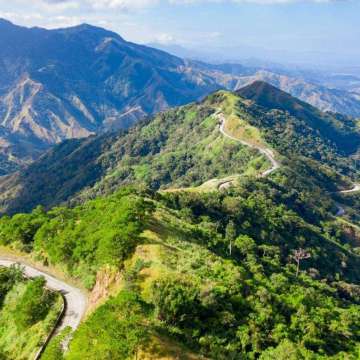
apayao
Apayao is a landlocked province of the Philippines located in the Cordillera Administrative Region in Luzon. Its capital town is Kabugao. The province borders Cagayan to the north and east, Abra and Ilocos Norte to the west, and Kalinga to the south. Prior to 1995, Kalinga and Apayao comprised a ...read more
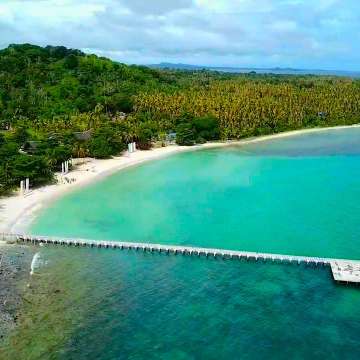
basilan
Basilan, officially the Province of Basilan, is an island province of the Philippines located primarily in the Bangsamoro Autonomous Region. Basilan Island is the largest and northernmost of the major islands of the Sulu Archipelago. It is just off the southern coast of the geographic Zamboanga Peninsula. Basilan is home ...read more

